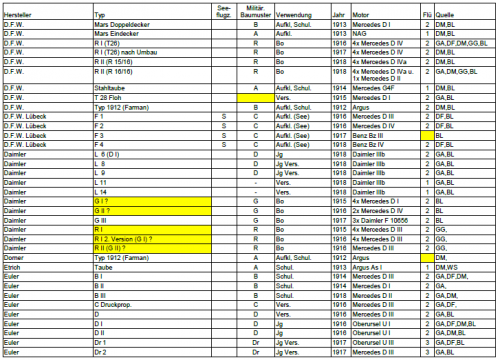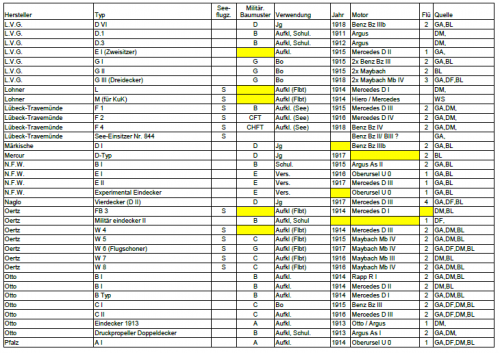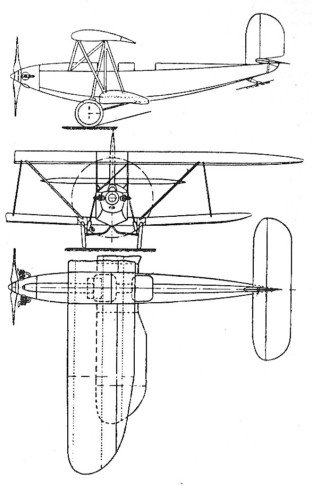Tuizentfloot
ACCESS: Secret
- Joined
- 9 May 2010
- Messages
- 270
- Reaction score
- 152
My dear hesham, again some misunderstandings…
A first remark, the planes designed by Eduard Zaparka were not German, but Austro-Hungarian.
And a second remark, the picture posted by Maveric is indeed a fighter designed by Zaparka, but not the 1918 parasol fighter, which was never completed. And unfortunately, I never saw pictures or drawings of this fighter.
At the beginning of WWI Eduard Zaparka worked for Österreichische Flugzeugfabrik AG (Öffag) where he was co-designer of the 1915 Öffag 50.01.
As an Oberleutnant he served at the Fliegeretappenpark (Flep) 3 at Trient (11. Armeekommando). It was here that the biplane fighter (the posting by Maveric) was built in 1917, on his own initiative.
Late 1917 he joined the Phönix-Flugzeugwerke AG, where he was chief designer at the end of the war. His Phönix C-prototypes 20.19 and 20.21 had the same wing structure he had developed for his biplane fighter.
Eduard Zaparka was also known for the development of a synchronisation system for Hiero engines.
After the war he became manager of the Avis Flugzeug- und Autowerke GmbH in Vienna.
A first remark, the planes designed by Eduard Zaparka were not German, but Austro-Hungarian.
And a second remark, the picture posted by Maveric is indeed a fighter designed by Zaparka, but not the 1918 parasol fighter, which was never completed. And unfortunately, I never saw pictures or drawings of this fighter.
At the beginning of WWI Eduard Zaparka worked for Österreichische Flugzeugfabrik AG (Öffag) where he was co-designer of the 1915 Öffag 50.01.
As an Oberleutnant he served at the Fliegeretappenpark (Flep) 3 at Trient (11. Armeekommando). It was here that the biplane fighter (the posting by Maveric) was built in 1917, on his own initiative.
Late 1917 he joined the Phönix-Flugzeugwerke AG, where he was chief designer at the end of the war. His Phönix C-prototypes 20.19 and 20.21 had the same wing structure he had developed for his biplane fighter.
Eduard Zaparka was also known for the development of a synchronisation system for Hiero engines.
After the war he became manager of the Avis Flugzeug- und Autowerke GmbH in Vienna.



